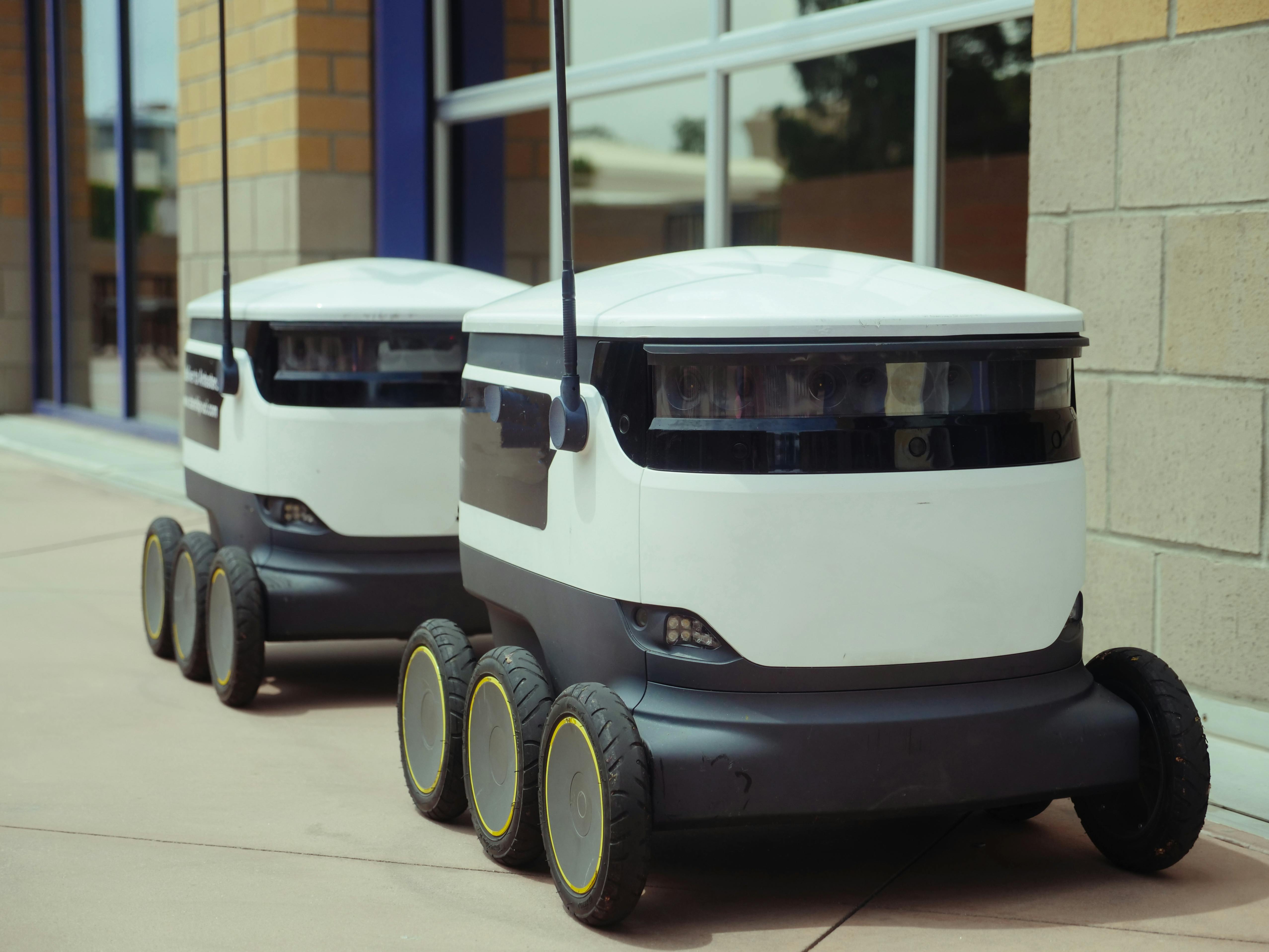
In the last few years, delivery robots have captured imaginations and headlines alike, emerging as a practical solution to many challenges facing modern cities. From easing traffic congestion to reducing carbon emissions, these autonomous machines hold the potential to transform how goods are delivered, offering solutions that can help the environment, local economies, and human convenience.
Environmental Benefits
One of the most promising aspects of delivery robots is their potential to reduce the environmental impact of traditional delivery methods. Most delivery robots are electric-powered, which means they produce zero emissions. When compared to the delivery vans and trucks that often run on fossil fuels, these robots provide a much greener alternative. According to a report by the World Economic Forum, urban last-mile deliveries are expected to increase by 78% globally by 2030, which could add an additional 11 minutes of congestion to daily commutes in the world’s top cities. With delivery robots, this can be mitigated. These small, efficient machines can navigate sidewalks and bike lanes, reducing the number of large delivery vehicles on the road and lowering both congestion and emissions.
Reducing Traffic Congestion and Accidents
With millions of cars on the road delivering goods daily, traffic congestion is becoming a growing problem in urban areas. Delivery robots can bypass this issue by operating on sidewalks, bike lanes, and less congested roads. By replacing a portion of traditional vehicle deliveries, these robots could significantly reduce the number of cars and delivery vans on the streets, improving traffic flow and reducing accidents. A future where robots take over the delivery of small goods and packages may mean fewer large vehicles in residential areas. This would result in quieter neighborhoods, less wear and tear on roads, and safer streets for pedestrians and cyclists.
Job Transformation, Not Elimination
While there are concerns that delivery robots will replace human jobs, the reality is that automation often leads to job transformation rather than elimination. The rise of delivery robots will create new roles in robot maintenance, programming, and logistics management. Jobs related to the design and development of this new technology will also grow, with human oversight still required for many aspects of autonomous systems. Furthermore, robots could help reduce the more repetitive and hazardous aspects of delivery jobs. Workers currently employed as couriers or delivery drivers could shift into more skilled positions, focusing on managing fleets of robots or working in more customer service-oriented roles.
A Robotic Future with Human Benefits Delivery robots represent a new wave of technological innovation that has the potential to positively impact nearly every aspect of society. From reducing carbon footprints to providing greater access to essential goods, these machines offer practical solutions for some of the most pressing challenges we face today. They may just be small, wheeled robots navigating our sidewalks, but their potential to help the world is enormous. As they become more integrated into urban life, we may see a world where deliveries are faster, cheaper, more eco-friendly, and ultimately, more accessible for everyone.


